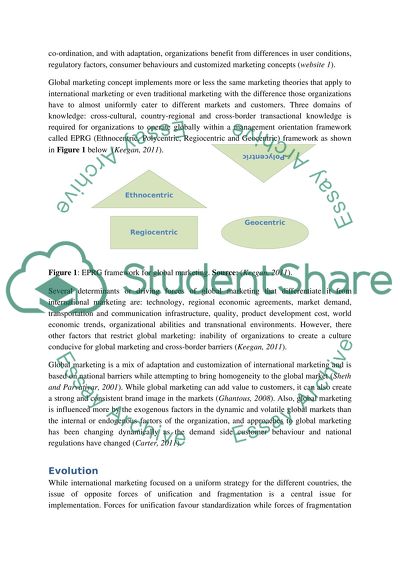Cite this document
(“Global Marketing Essay Example | Topics and Well Written Essays - 2500 words”, n.d.)
Retrieved de https://studentshare.org/marketing/1391966-global-marketing
Retrieved de https://studentshare.org/marketing/1391966-global-marketing
(Global Marketing Essay Example | Topics and Well Written Essays - 2500 Words)
https://studentshare.org/marketing/1391966-global-marketing.
https://studentshare.org/marketing/1391966-global-marketing.
“Global Marketing Essay Example | Topics and Well Written Essays - 2500 Words”, n.d. https://studentshare.org/marketing/1391966-global-marketing.


